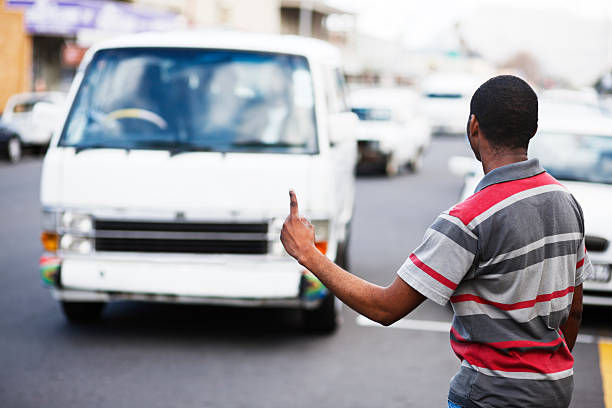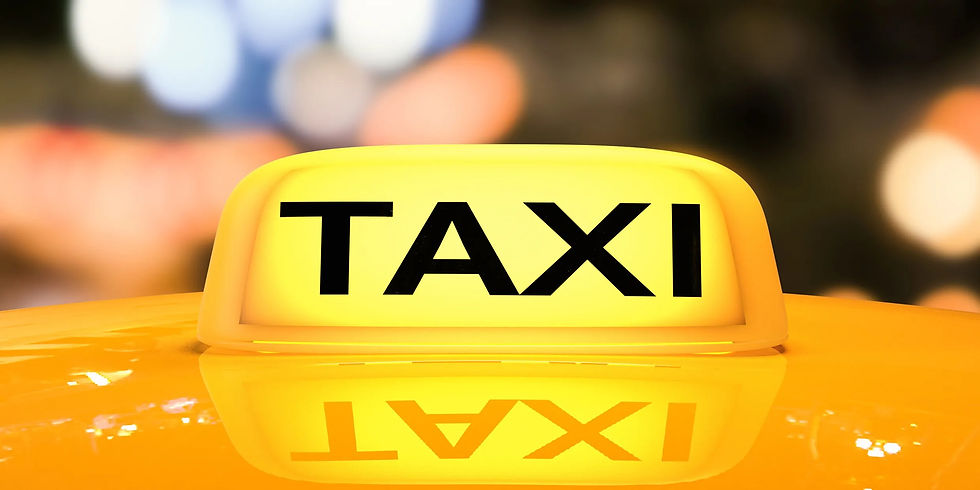The Gangs of New York?
- sisandasocials
- Oct 18, 2023
- 2 min read
Updated: Nov 10, 2023

As an urban planning student looking at taxi routes in this blog, I find intriguing parallels between the fictional world depicted in the film "Gangs of New York" and the complex operations of informal transportation routes in the global south. Just as the gangs in the movie fiercely fight over territory, informal transport networks in developing regions often engage in relentless battles for control over key routes.
In "Gangs of New York," we witness the struggle for dominance among rival gangs (the Protestant Confederation of American Natives vs the Irish Catholic immigrant Dead Rabbits) in 19th-century New York City. The backdrop of urban development and the quest for territorial control echoes the challenges faced by informal transportation networks in the global south today (Chalermpong, 2021). These networks, often comprised of minivans, motorbikes, and other unconventional modes of transport, navigate through densely populated and rapidly expanding urban landscapes.
Like the movie's depiction of territorial disputes shaping the destiny of neighbourhoods, informal transport routes in the global south are subject to intense competition. Local operators, each vying for a share of the lucrative transportation market, engage in turf wars that extend beyond just physical spaces. These conflicts manifest in battles over passenger loyalty, fare pricing, and even political influence. Much like the gangs in the movie, informal transport operators form alliances and rivalries that transcend geographic boundaries (Cervero, 2000). The intricacies of informal transportation networks in the global south often involve complex webs of allegiances and animosities, with different operators aligning themselves with specific neighbourhoods or demographic groups.
The struggle for control depicted in "Gangs of New York" also mirrors the challenges faced by informal transport operators as they navigate through regulatory ambiguities (Agbiboa, 2020). Just as the gangs sought to establish dominance in a city undergoing rapid transformation, informal transport networks contend with evolving urban landscapes, often lacking clear regulatory frameworks. This legal vacuum becomes a battleground itself, with operators attempting to assert control over routes and terminals in the absence of formal oversight.
In conclusion, the parallels between the plot of "Gangs of New York" and the operations of informal transportation routes in the global south are both striking and thought-provoking. The fierce battles for territory, alliances formed in pursuit of economic interests, and the struggle against regulatory uncertainties resonate across different historical and geographical contexts.
References
Agbiboa, D.E., 2020. How informal transport systems drive African cities. Current History, 119(817), pp.175-181.
Behrens, R., Chalermpong, S. and Oviedo, D., 2021. Informal paratransit in the Global South. In The Routledge handbook of public transport (pp. 236-251). Routledge.
Cervero, R., 2000. Informal transport in the developing world. Un-habitat.
Scorsese, M. (2002). Gangs of New York. [Film]. Miramax Films



Write formally and refer to 'Gangs of New York' as a film rather than movie.
I had not considered this connection and will watch the film again to better understand the parallels you are making - perhaps skip the very violent parts in the process...😐 It might be useful, in future, to give the reader an indication of the parts of the film you would like them to watch in order to make these connections.